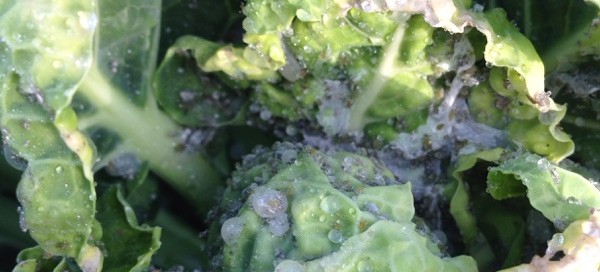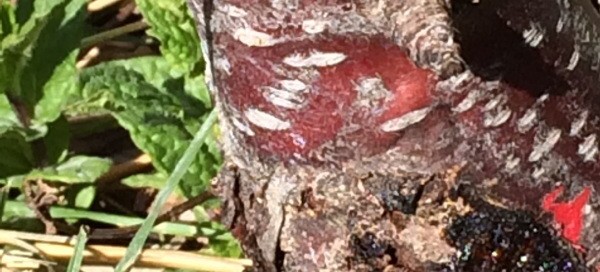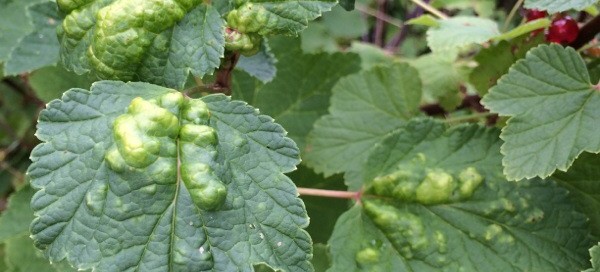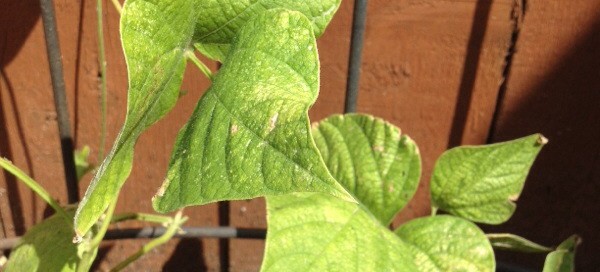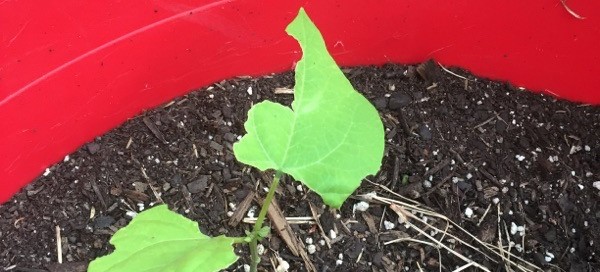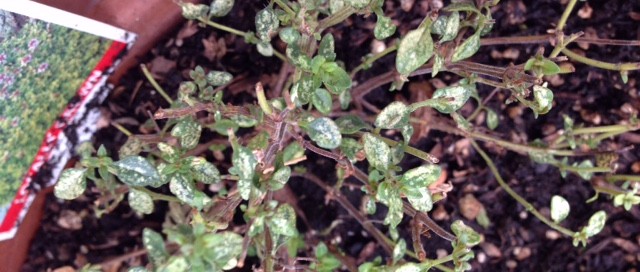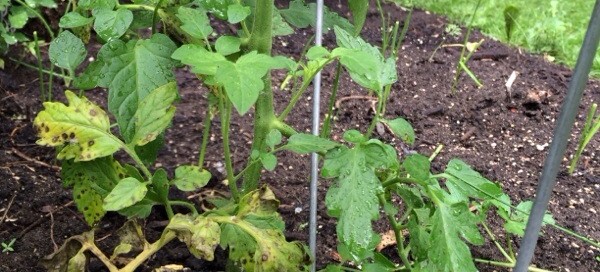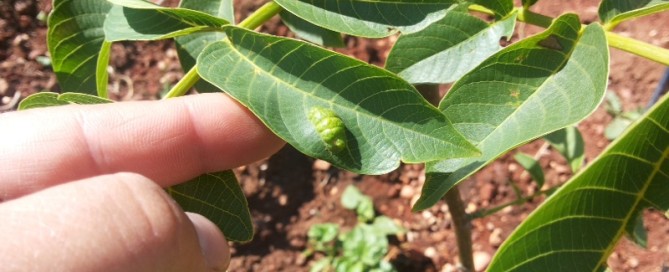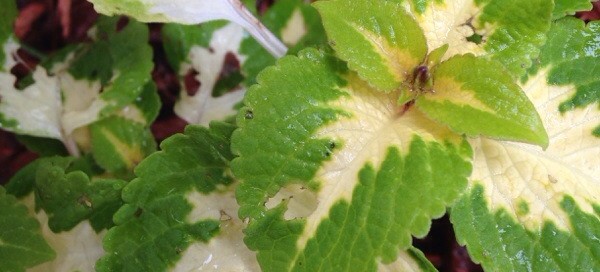Aphids On Brussels Sprouts
These look like aphids. Aphids like to live on either new foliage or flowers, or protected areas like your Brussels sprouts. They are fairly easy to manage in a vegetable garden - spray them with a hard stream of water to knock them off the plants, or spray with insecticidal soap from your garden center. They would also have a horticultural oil you could use, or a soap or oil with Neem product. All of these are organic treatments for aphids. (Don't use household dish soaps as they contain other ingredients you don't want on food or plants in general - only use a soap product that's made for plants and use according to directions.) Just because you had them this year doesn't mean you will in the future. Populations of insects come and go, and there are other insects and critters that eat aphids. Just keep your eyes open for them in the future and spray with the organic product of your choice used according to the label directions.
